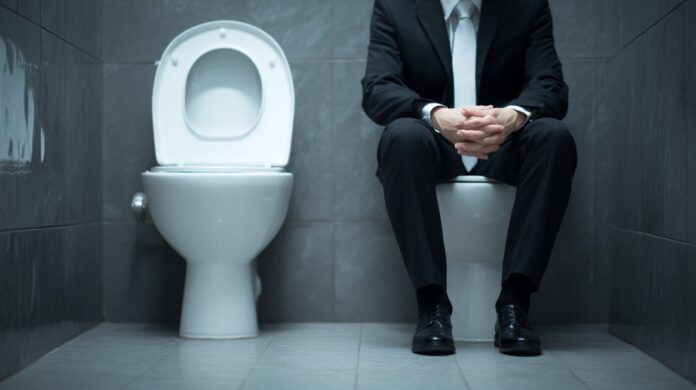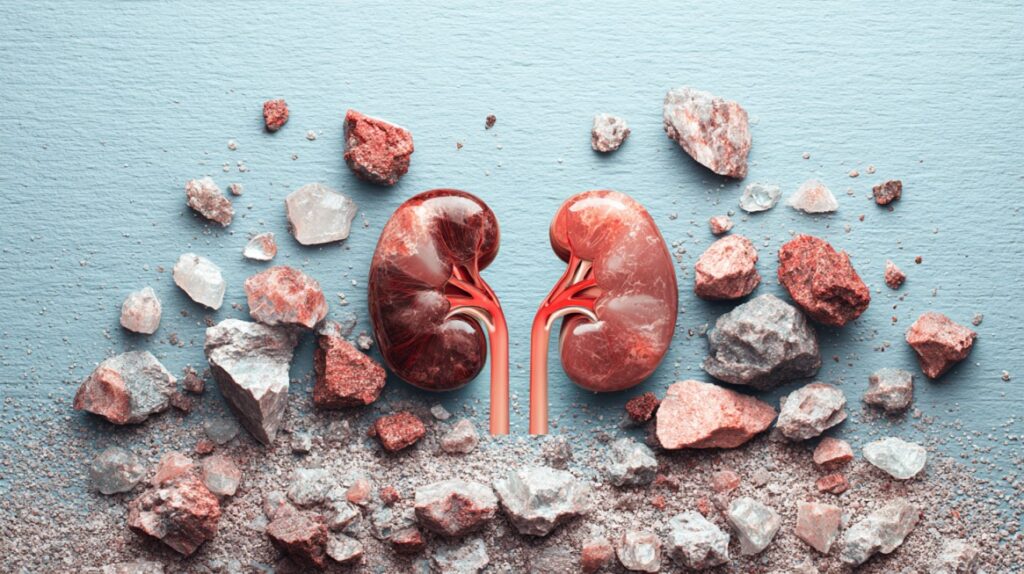
A urologist specializes in diagnosing and treating conditions related to the urinary tract and reproductive system.
Many people associate these doctors only with men’s health, but women also benefit significantly from their expertise.
Early warning signs should not be ignored because small issues may develop into serious conditions if left untreated.
Prompt evaluation by a urologist often leads to effective treatment and improved long-term health outcomes.
1. Persistent or Recurring Urinary Tract Infections (UTIs)

Burning sensations during urination, frequent urges to urinate, and ongoing discomfort often signal urinary tract infections.
In women, infections that return frequently raise concerns for underlying health problems.
Two infections within six months or three within a year require a specialist’s attention.
In men, even one infection is typically considered complicated and demands further evaluation.
Leaving infections untreated may lead to interstitial cystitis, also called painful bladder syndrome, or other hidden conditions.
A urologist can identify the cause and offer treatment through various methods.
- Burning sensation during urination
- Frequent need to urinate
- Urgency even with little urine output
- Pain or pressure in the lower abdomen
Diagnostic and treatment methods a urologist may use include:
- Urine tests to confirm infection and type of bacteria
- Imaging studies to detect abnormalities in the urinary tract
- Cystoscopy to check the bladder lining
- Antibiotics, lifestyle adjustments, or bladder training for long-term care
2. Frequent Urination or Urinary Incontinence

Constant restroom visits or accidental leakage can disrupt daily life, work, and sleep.
Emotional distress often follows, as people may feel embarrassed or socially withdrawn.
Overactive bladder, urge incontinence, and stress incontinence are common causes.
Men may face these issues due to prostate enlargement, while women often deal with pelvic floor dysfunction.
A urologist evaluates the exact cause and creates a treatment plan suited to the patient’s needs.
- Overactive bladder
- Urge incontinence
- Stress incontinence linked to coughing, sneezing, or lifting
- Prostate enlargement in men
- Weak pelvic floor muscles in women
Treatment options may include:
- Medications that relax the bladderPelvic floor therapy and exercises
- Behavioral adjustments such as scheduled voiding
- Minimally invasive procedures for advanced cases
With proper care, bladder control and overall confidence can improve, making daily routines easier and less stressful.
3. Pain in the Pelvic Area or Lower Abdomen

Persistent or unexplained pelvic pain should not be dismissed.
Problems such as prostatitis, bladder conditions, interstitial cystitis, or reproductive organ issues often cause this discomfort.
Because multiple conditions can produce similar symptoms, professional evaluation becomes essential.
Urologists rely on thorough testing to identify the underlying problem and provide relief.
- Prostatitis in men
- Interstitial cystitis (painful bladder syndrome)
- Bladder or urinary tract disorders
- Gynecological or reproductive organ diseases
Diagnostic measures a urologist may recommend include:
- Imaging scans to detect organ changes
- Urine tests to identify infection or inflammation
- Cystoscopy for internal examination of the bladder
Treatment may involve medication, physical therapy, or minor procedures depending on the exact cause.
Seeking care promptly helps prevent further complications and restores quality of life.
4. Blood in the Urine (Hematuria)
Noticing blood in urine can be alarming, but even microscopic traces visible only under a microscope are equally serious.
Both visible and hidden blood require further investigation by a urologist.
Causes can vary greatly, from mild to severe conditions, and ignoring the symptom carries risk.
- Kidney stones
- Urinary tract infections
- Bladder or kidney cancer
- Injury to the urinary system
Diagnostic steps may involve:
- Urine cytology testing
- Imaging such as CT scans or ultrasounds
- Cystoscopy to check for abnormalities in the bladder
Early detection provides the best chance of resolving the condition effectively and maintaining long-term urinary health.
5. Suspected or Confirmed Kidney Stones

Sharp flank pain radiating to the abdomen, paired with nausea or fever, strongly suggests kidney stones.
Immediate medical care is critical not only for pain relief but also to prevent infection or blockages.
Urologists confirm the diagnosis with advanced imaging and decide the best course of treatment based on the size and location of the stone.
- Severe flank or abdominal pain
- Nausea and vomiting
- Fever or chills
- Cloudy or bloody urine
Treatment options may include:
- Hydration and medications to assist with passing smaller stones
- Lithotripsy, which breaks larger stones into smaller pieces
- Surgical removal in cases of severe blockage
- Long-term dietary changes and monitoring to prevent recurrence
Managing stones under professional care minimizes complications and supports kidney health.
6. Sexual Dysfunction or Erectile Problems (in Men)
View this post on Instagram
Sexual dysfunction affects both physical health and emotional well-being.
Erectile dysfunction, low libido, or infertility frequently bring men to a urologist.
Causes may include hormonal imbalances, circulatory issues, or psychological concerns.
In many cases, erectile dysfunction signals cardiovascular problems, highlighting the importance of early evaluation.
- Erectile dysfunction (difficulty achieving or maintaining an erection)
- Low sex drive or hormonal imbalance
- Infertility linked to sperm quality or structural conditions
Approaches to diagnosis and treatment may include:
- Hormone testing and replacement therapy
- Medications to enhance blood flow
- Lifestyle recommendations targeting cardiovascular health
- Counseling when psychological factors play a role
Restoring sexual health can strengthen confidence, improve relationships, and uncover more serious health conditions that require early care.
7. Prostate Issues or Concerns About Prostate Cancer

Urination problems such as weak flow, pain, or blood often point toward prostate issues.
While benign prostate enlargement is common with age, prostate cancer must also be considered.
Early screening provides men with the best chance of identifying concerns before they progress.
- Difficulty starting or stopping urination
- Weak or interrupted urine flow
- Pain during urination
- Blood in urine or semen
Diagnostic methods used by urologists include:
- PSA blood tests to measure prostate-specific antigen levels
- Digital rectal exams to check for irregularities
- MRI scans for detailed imaging
Specialist evaluation ensures that minor concerns are separated from serious conditions, allowing men to pursue the right treatment at the right time.
Bonus: What to Expect During Your First Urologist Visit
Visiting a urologist can feel intimidating, but preparation and knowledge reduce anxiety. Patients are guided through simple steps designed to give the doctor a full picture of their health.
- Urine sample collection for laboratory analysis
- Review of medical history and lifestyle habits
- Completion of questionnaires about symptoms
- Physical exam, including genital or prostate evaluation when appropriate
- Imaging or lab work such as ultrasounds, CT scans, or blood tests
- Outpatient procedures like cystoscopy if needed

Private health insurance for families can help offset the cost of consultations, diagnostic tests, or outpatient procedures, making urologic care more accessible and less stressful.
Most patients leave with either a diagnosis or a clear treatment plan. Knowing what to expect builds trust and ensures concerns are addressed efficiently. Keep yourself and your family healthy and insured!
Summary
Ignoring symptoms of urologic or reproductive health issues can delay treatment for potentially serious conditions.
Many problems, ranging from urinary infections to prostate cancer, respond well to early intervention.
Both men and women should feel encouraged to seek specialist care without embarrassment.
Urologists manage these health concerns daily and provide effective solutions tailored to each patient.
Acting promptly when early warning signs appear ensures better health outcomes and prevents minor discomforts from developing into major illnesses.



